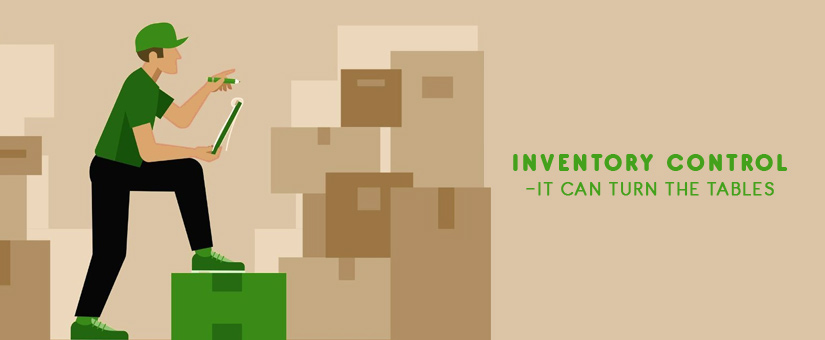Take a look at this conversation!
Foreman to new employee: I need you to do an inventory check in our warehouses. It should take about a month.
Subordinate: Hypothetically, would anyone know the difference if I just made up the numbers?
Foreman: well, no….
Subordinate: Wow! What a dream job!
Jokes apart, the astounding fact is that nearly 50% of businesses still count their inventory by hand. In this competitive world you need to be on top with premium business practices to be in the race. Inventory or stock control is an important part of business management and it plays a very pivotal role in making the enterprise a success. It is an absolute necessity if you want to run a business and make money out of it.
We will first look at the common inventory issues that businesses face and then we will find solutions to overcome them. If we follow these simple strategies, one can not only take our profits to a new level but also make it competitive and streamlined.
Excessive inventory-
Overstocked supplies may help cushion against stockouts but it is not desirable in profit making. Consequences of excessive inventory are huge. It can result in
Ties up funds, reduces cash flow
Funds invested in materials decide our cash flow. When these are high, we would be losing money in bank interests and overdrafts. Moreover, we are tied up on funds which we could have utilized to purchase other faster moving products. Something better in the market keeps coming up, but there wouldn’t be enough money to purchase it and you would be stuck with secondary supplies.
Takes up extra warehouse space
The warehouse doesn’t have space to breathe. Eventually one may have to opt for more space and pay additional rental costs
Dead stock
We will invariably be stuck with products which may be expired, out of season, out of style, obsolete or irrelevant in other ways. The buyers frequently change specifications making a whole supply dead. In telling the buyer that we cannot supply the new specifications we lose face and goodwill with him. He would move to other suppliers to buy those products.
Inadequate inventory or Stockouts
Businesses do not run on technology alone, they are built on relationships with people down your supply chain. These associations and goodwill comes in handy when you have a problem to solve. Your enterprise has to strategize and manage a smooth flow with the vendors and suppliers alike.
Higher cost and missed deadlines on spur-of-the-moment purchases.
More often than not, last minute buying will cost you higher. The vendor will have the last call in this case. Frequently you wouldn’t be able to procure the raw material on time and lose out on an order.
Employee errors/ inadequate inventory database-
Simply speaking, you do not have an accurate forecasting or counting and categorizing method. You rely on advice from your suppliers and subordinates to decide when to place the orders.
Going through the above problems and having an understanding of the consequences of both over-stock and under-stock, it becomes easier to grasp the solutions to these.
Three simple solutions:
1. Calculate and assign Par-levels
Create and follow a predetermined level for every stock. Whenever the level will fall below the par, you will know that it is time to order. These par levels are based on how fast these items move in your processing. But, as conditions change, you must keep rechecking and adjusting these levels accordingly.
2. Invest in an Automated Inventory management system
These days you can install an Enterprise Resource Planning software or ERP which can revolutionize and ease the way the inventory is managed. The ERP has a module called “material management” which has all important aspects covered. It can be customized according to your business processes. It handles every single detail from the logistics down to the store and rack where the product would be kept. You get a barcoding system with it too. The barcoding gives instant input on expiry dates and product specifications.
3. First–In-First-Out (FIFO)
This is the thumbrule in inventory management. Do exactly as it says- what comes in first, goes out first. It does not apply to perishables alone; FIFO is equally effective for other products as well. The more we push products to the back, the more likely they are to become obsolete.
In a nutshell, prioritise inventory management in your business management. It may not seem so, but it gives a long shot on your future business growth graph.
